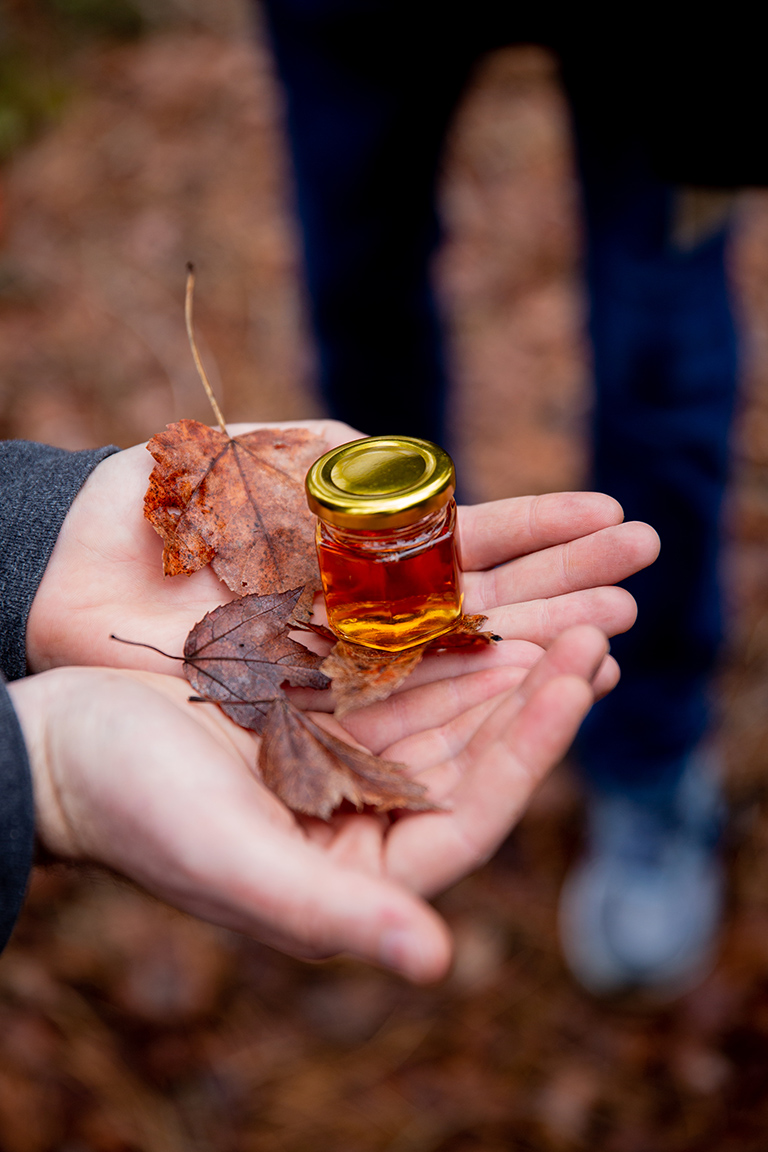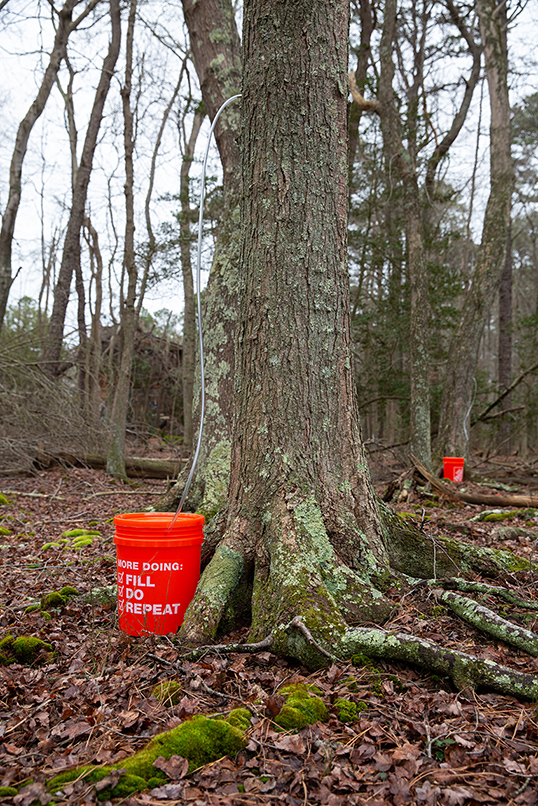Fall 2020 Issue
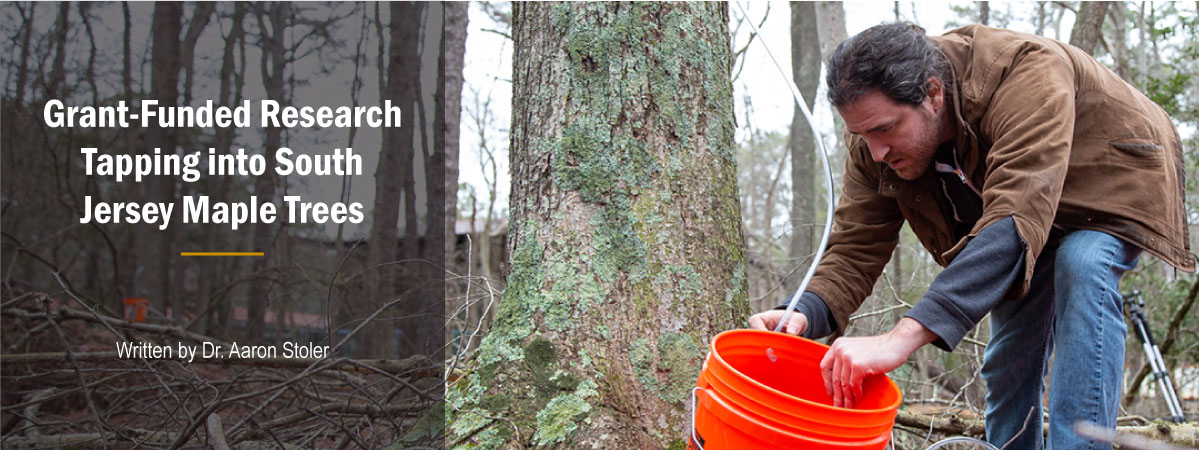
Every winter, maple syrup farms (also known as sugarbushes) resonate with the drip-drip-drip of maple sap into metal buckets hanging from trees. Harvesters don warm clothes and arduously cart the sap from each tree to their sugarshack. Inside, they gather around a roaring fire as the water of the sap slowly boils away and concentrates the sugar into a rich syrup. The process is time-consuming, but the reward is worth the effort. Large-scale syrup producers employ modernized collection and boiling methods, but the process is still the same: collect the sap, concentrate the sugar, and spread over pancakes. Indeed, maple sap is one of the most delicious products that nature provides, and it is one of this country’s oldest commodities. Before Europeans even colonized North American, Native Americans collected the sweet sap, and often drank it straight from the tree.
Southern New Jersey is not known for maple syrup production. Sap only flows from maple trees during the short transition period from winter to spring, when low nighttime temperatures freeze the tree (and its sap) and warm temperatures thaw the tree during the day. In southern New Jersey, this transition period can be more variable and shorter than in the more conventional syrup production areas of the north. In addition, syrup producers predominantly harvest from sugar maple (Acer saccharum) trees owing to the high sugar content of its sap. This species is largely absent from southern New Jersey, which is dominated by a related species known as red maple (Acer rubrum). Unfortunately, red maple sap tends to have half the sugar as of sugar maple.
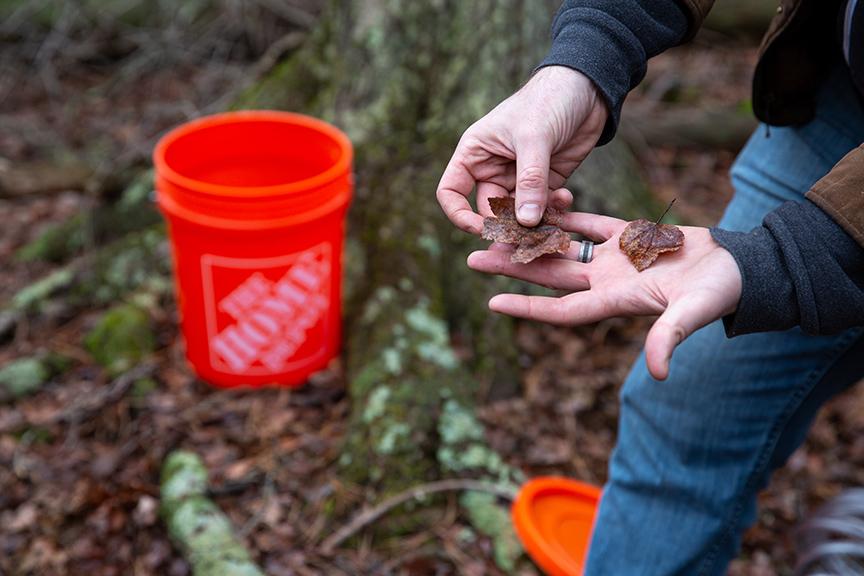
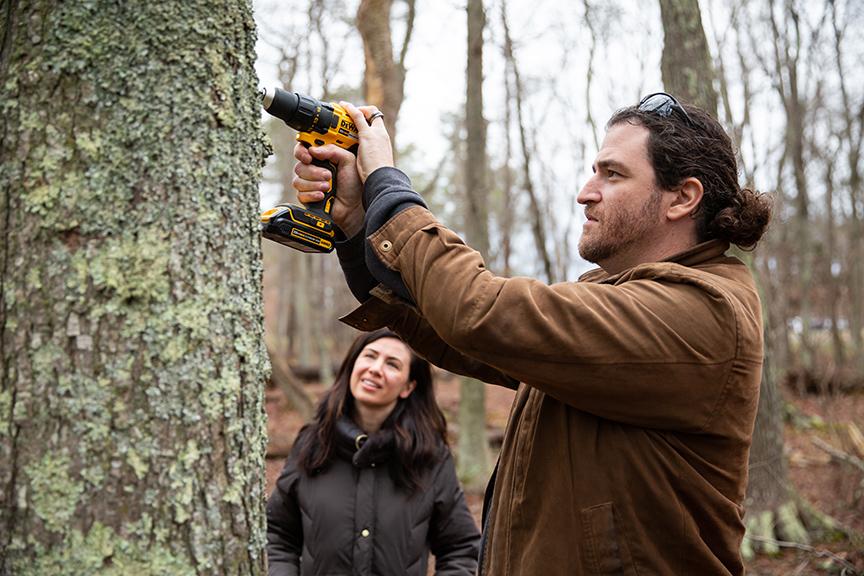
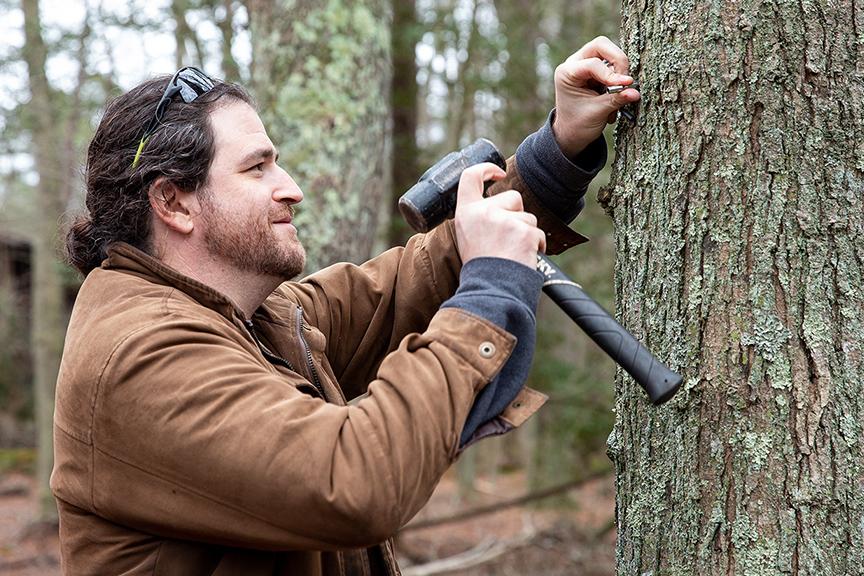
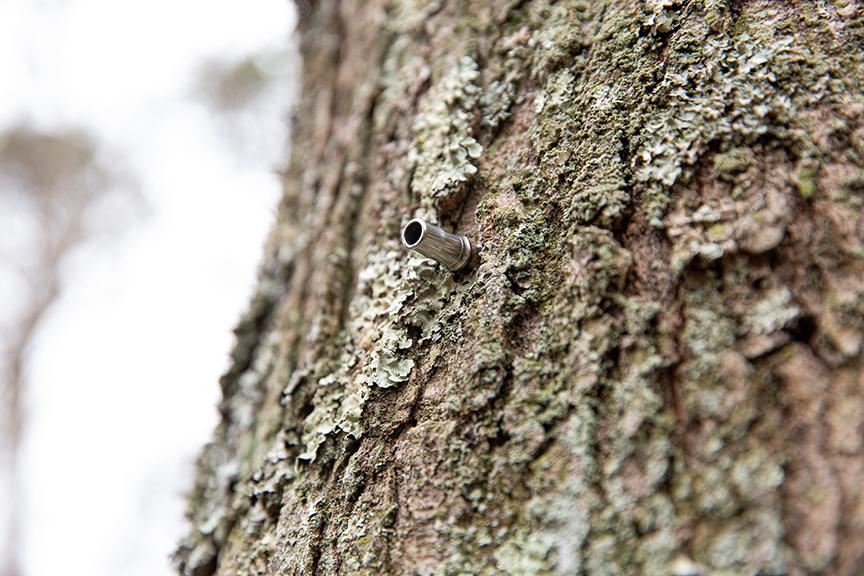
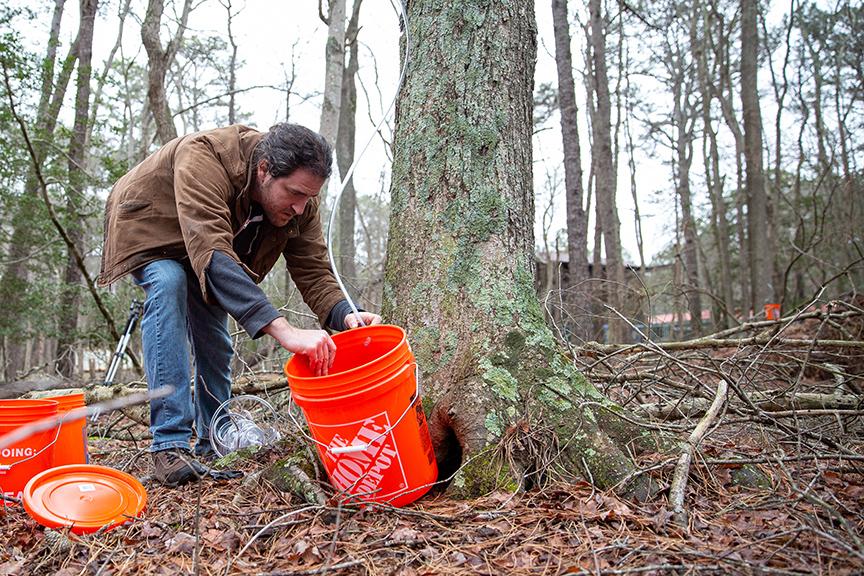
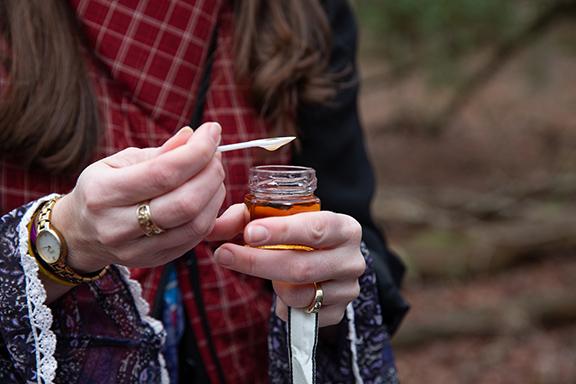
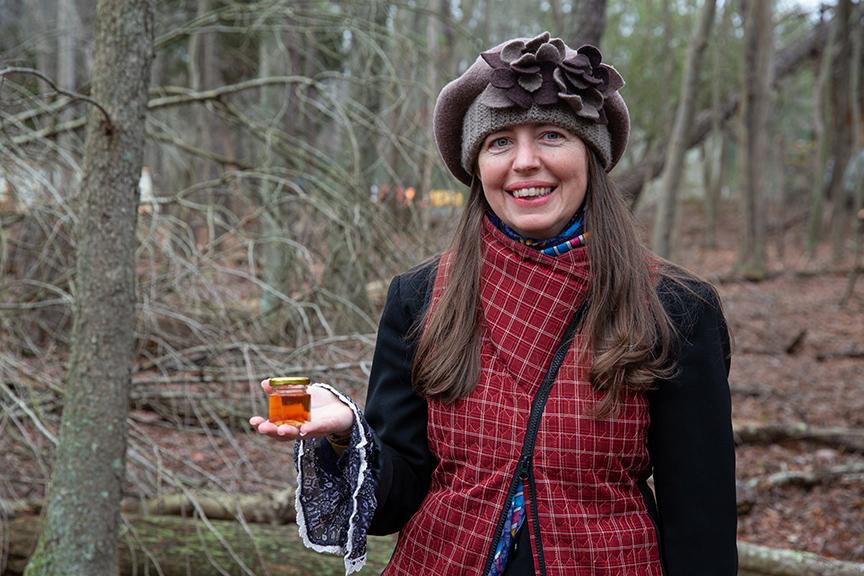
Despite these drawbacks, there are many residents of southern New Jersey that will tell you it can be done. Moreover, they will tell you that the syrup is just as delicious.
With this mantra in mind, Stockton researchers were awarded a USDA grant to explore the science and economics of red maple syrup production in southern New Jersey.
“The ultimate goal of the grant is to encourage maple syrup production by home-hobbyists and commercial sellers in New Jersey and similar locations in the Mid-Atlantic,” Stoler said.
To this end, research questions will specifically address issues of sap volume, syrup quality, ecological forest management, and return-on-investment.
“We are passionate about economic and environmental sustainability and love working with the local community,” said Stoler.
Researchers are actively developing a large-scale sugarbush on Stockton University’s campus. This sugarbush will experiment with the latest technology (e.g., vacuum assist pumps and reverse osmosis) and serve as a location to host hands-on workshops for individuals interested in their own syrup production.
At the same time, researchers are working with volunteer landowners to determine the optimal type of forest for sap harvest, and to better understand the effects that sap harvest has on soil and wildlife. They continue to seek volunteer landowners in all counties of southern New Jersey; landowners much have at least five acres of forested property that includes red maple trees. In exchange for a few samples of soil and leaf litter, volunteers get their own tapping equipment – and they can keep whatever syrup that they produce!
“We have a talented team of scientists working on this grant, including an ecologist, a forester, a soil scientist, a mathematician, an economist, and an agronomy specialist,” Stoler said. Researchers include Stockton faculty Aaron Stoler, Jessica Favorito, Judith Vogel, Matthew Olson, and Mariam Majd, as well as Caitlin Clarke (current doctoral student at the University of Florida).
“Ultimately, we hope to create an interactive network of novice and advanced syrup producers in South Jersey that will continue to expand long after the research finishes!”

